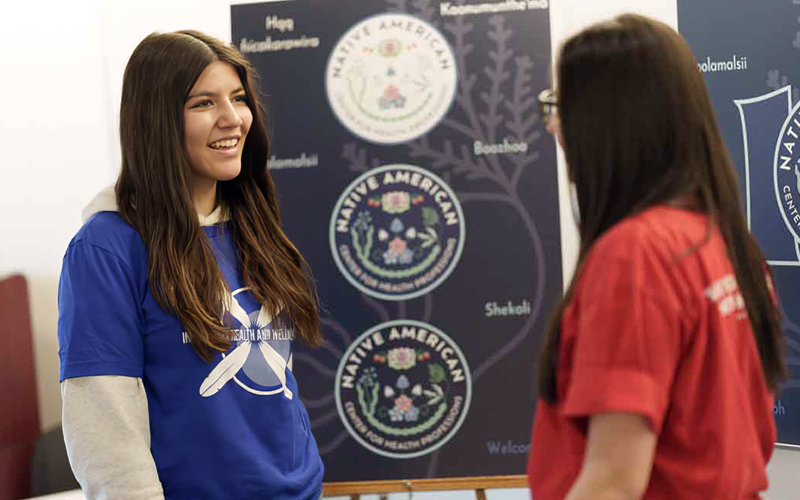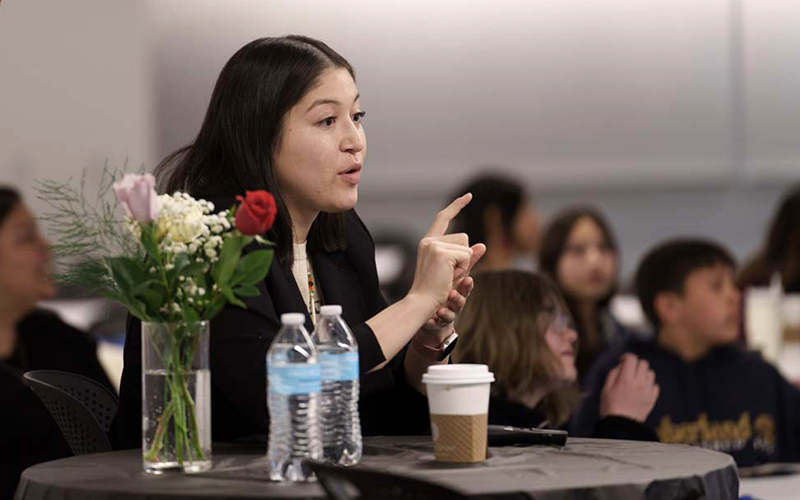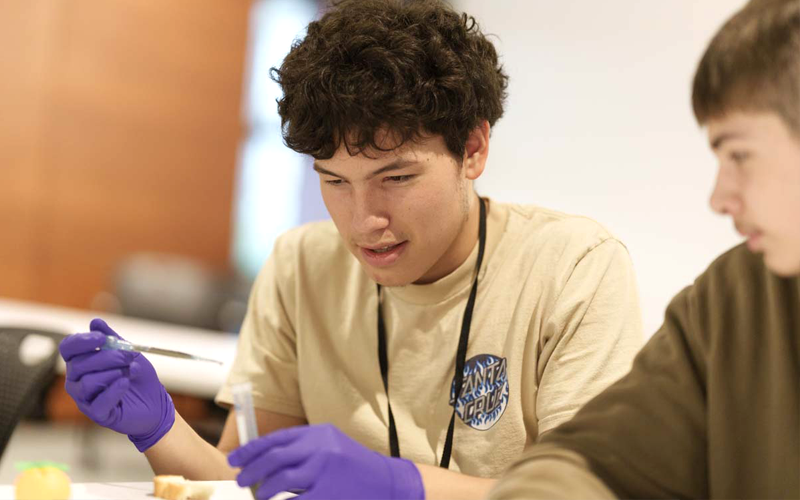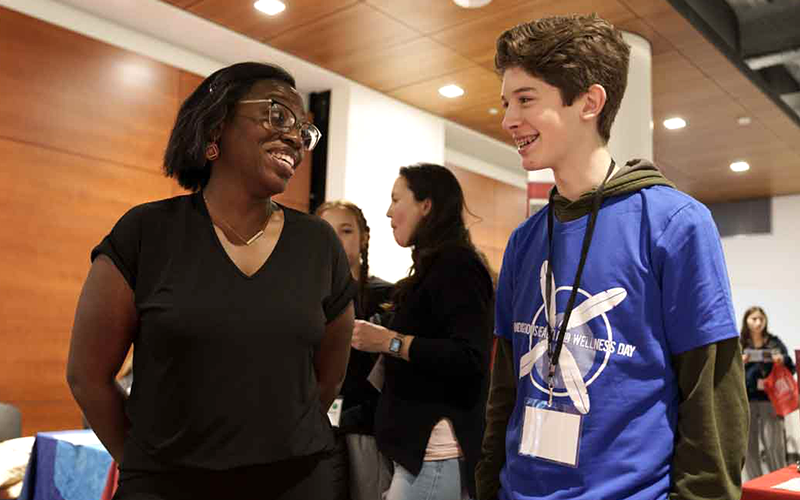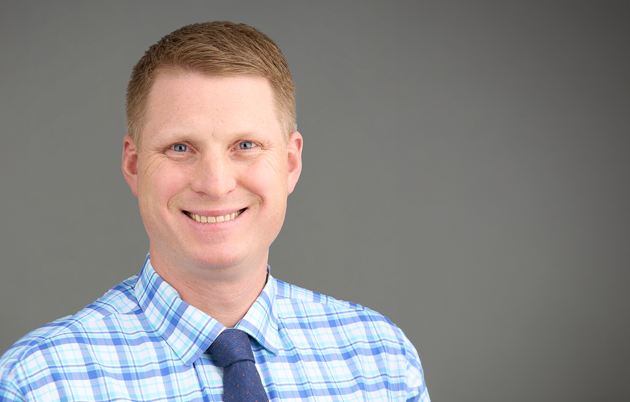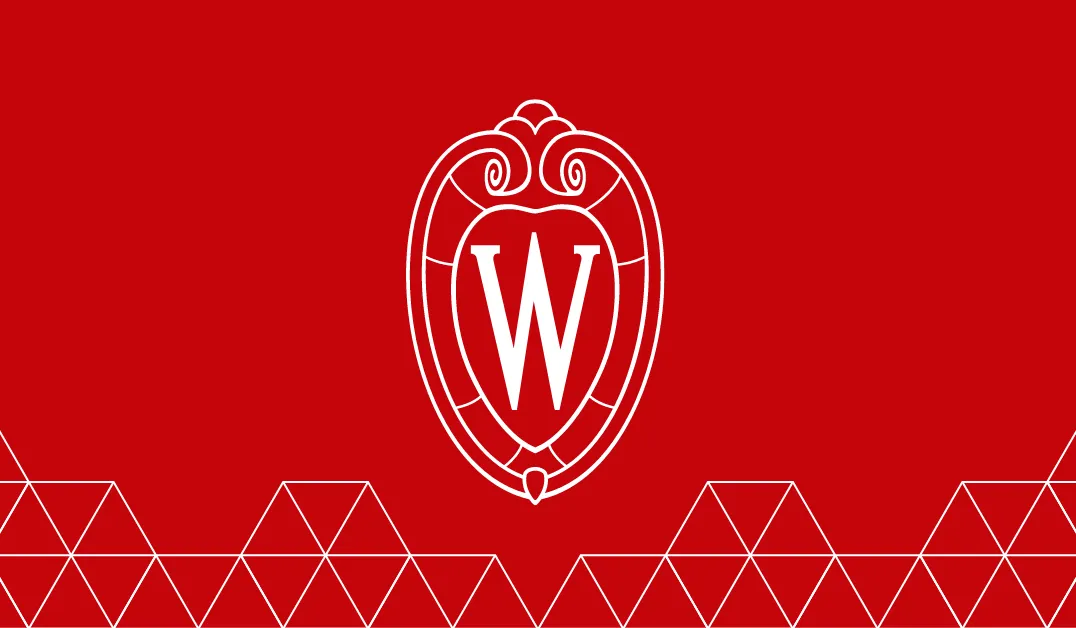This year’s event drew 77 middle and high school students and 13 chaperones from 12 communities around the state, including Ashland, Green Bay, Oneida, Shawano and Appleton. Tribal nations represented included Oneida, Stockbridge-Munsee, Ho-Chunk, Ojibwe, Menominee and Potawatomi. The day began with drumming and singing from Twin Tails Singers, followed by introductory remarks from Danielle Yancey (Menominee), director of NACHP.
“We support you in your journey as healers,” Yancey told students, as she explained NACHP’s mission.
To offer a warm welcome to Alaqua Cox, who is deaf and an amputee, students got a mini-lesson in how to use American sign language for ‘thank you,’ ‘hello’ and ‘applause’. Hundreds of fingers wiggled in the air as Cox made her way to the podium, where she spoke about landing her breakthrough role as Maya Lopez/Echo within the Marvel Cinematic Universe in the Disney+ series “Hawkeye” and her star turn in the spin-off series “Echo.”
Cox recalled that growing up, she did not see people who looked like her, or were deaf, onscreen.
“I am grateful to be breaking barriers,” she said through her interpreter, Kenturah Holiday.
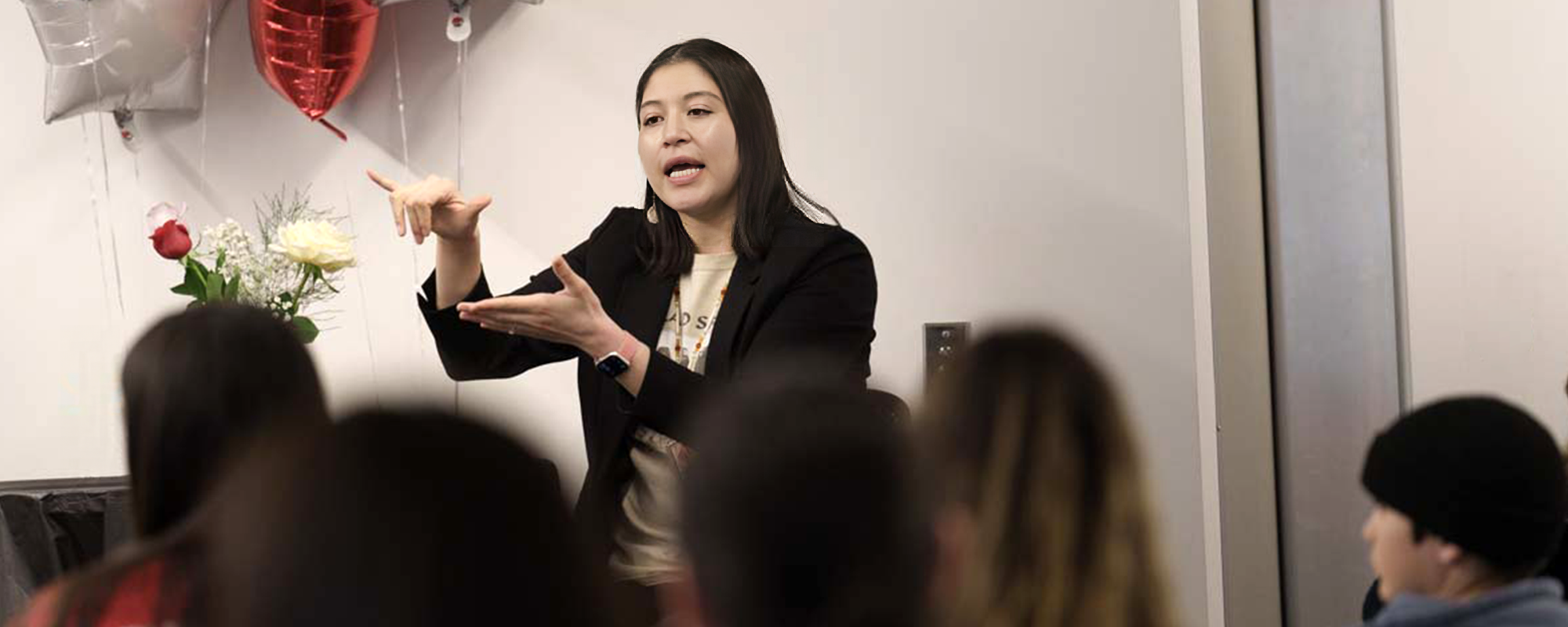
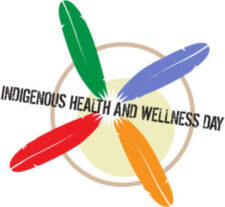 “Someone suggested Alaqua Cox,” said Lauren Cornelius (Oneida), an academic program specialist for the
“Someone suggested Alaqua Cox,” said Lauren Cornelius (Oneida), an academic program specialist for the 